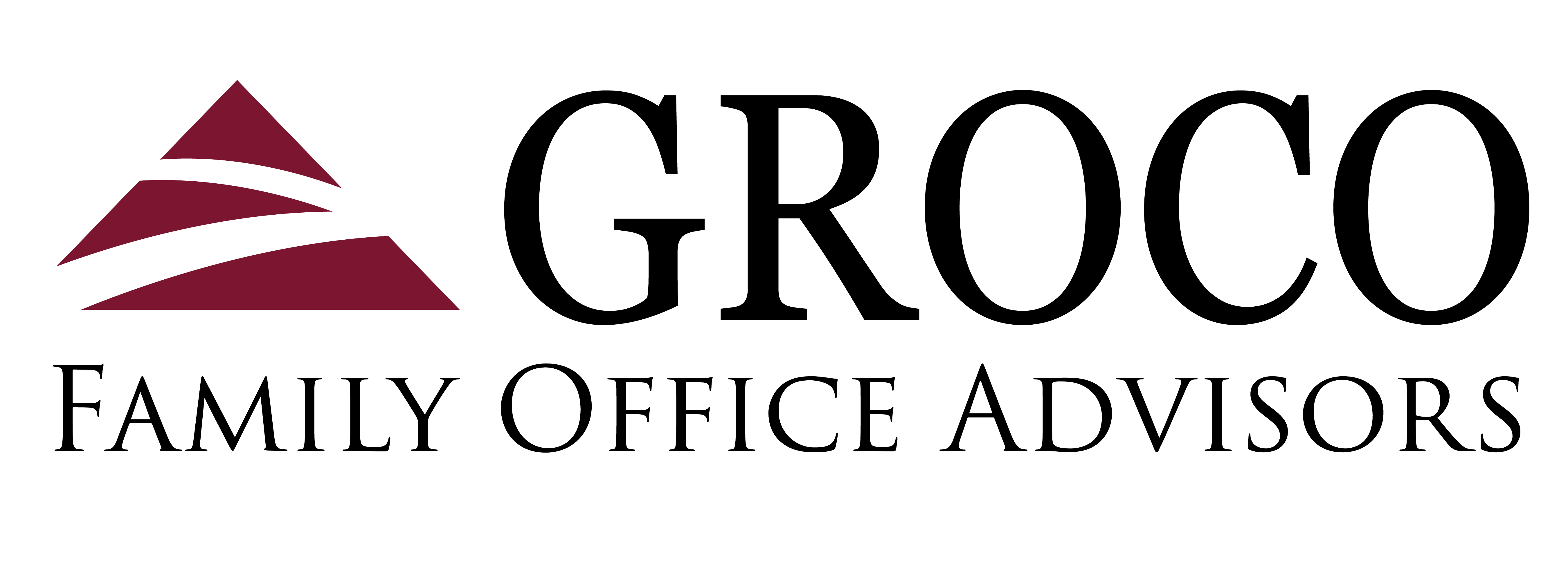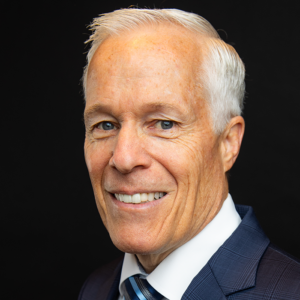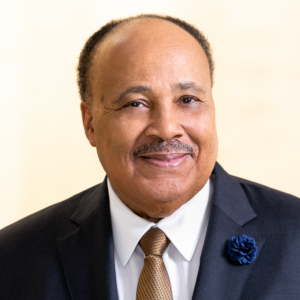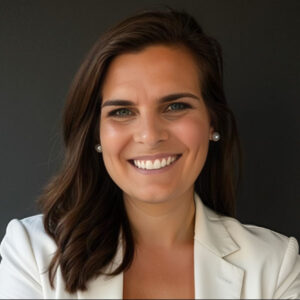The Basics of Asset Allocation
The Basics of Asset Allocation
The Two Biggest Investment Mistakes:
1. Failure to diversify. Don’t bet everything on one stock. Don’t put all your money into either stocks or bonds.
2. Failure to cope with inflation risk. Today you need over $2 to buy what $1 bought in 1980, over $4 to buy what $1 bought in 1971.
Have you set specific, realistic investment goals? Is your current investment program structured to realize those goals without exposing you to any more risk than absolutely
necessary? How aggressive, or defensive, do you want to be?
If you’re like many busy people, you may profit in years to come by tuning up your investment planning now.
Take a long-term perspective
Returns on stocks and on bonds vary enormously from year to year. That year-to-year uncertainty spells high risk. To eliminate much of the risk, define long-term investment goals and stick to them. Investment returns over periods of five or ten years are much less volatile.
Expect to tap some of your investment capital within the next two to three years—for college bills, perhaps? To play it safe, set aside in money market funds or other short-term investments the dollars that you will need.
When investing for the long term, inflation becomes a major risk. Since World War II, investments in Treasury bonds or “risk-free” Treasury bills scarcely have kept pace with inflation, even before subtracting taxes. By contrast, common stocks have enabled long-term investors not only to keep pace with inflation but also to build real wealth.
Spread the risks
As an investor, you cannot avoid risk altogether, but you can control your risks. Although common stocks promise the highest returns in the long run, it’s safer to own more than one type of investment asset. Different classes of investment assets are subject to different market forces. Thus, one market may be heading up while another is going down. As a result, investors can reduce risk (year-to-year price volatility) simply by diversifying among asset classes.
For example, some investors hold only bonds, avoiding stocks as “too risky.” Yet studies show that investors who own both stocks and bonds should be able to enjoy lower overall risk as well as higher returns.
Two low-risk approaches to bonds
When interest rates rise, bond prices inevitably fall. What’s more, prices of long-term bonds—those that won’t mature and be redeemed for 20 or 30 years—tend to fluctuate more violently than the prices of bonds that mature in five or ten years.
Bond investors can deal effectively with this risk in two ways:
1. Match the maturity of your bonds to the time when you will need to cash in on your investment. If your youngster is due to start college in the year 2010, and you’re investing the first-year tuition money in bonds that mature in 2010, the bond market’s gyrations won’t affect you.
2. Diversify by maturity. That is, put some of your bond money into short-term bonds or bond funds, some into intermediate maturities and some into long-term bonds. You’ll still obtain relatively good income, and you won’t be exposed to as much market risk.
You’re not the average investor
Financial gurus often talk about “efficient” investing. The idea is to design an investment mix that provides an acceptable return with an absolute minimum of risk. But the best theoretical investment formula won’t necessarily fit your long-term goals or fill your current income needs. Or it might not make good sense in light of your overall financial picture.
That’s why you need an investment plan that is tailored specifically to your circumstances. We can guide you on this all-important asset allocation decision.
We hope you found this article about “The Basics of Asset Allocation” helpful. If you have questions or need expert tax or family office advice that’s refreshingly objective (we never sell investments), please contact us or visit our Family office page or our website at www.GROCO.com. Unfortunately, we no longer give advice to other tax professionals gratis.
To receive our free newsletter, contact us here.
Subscribe our YouTube Channel for more updates.
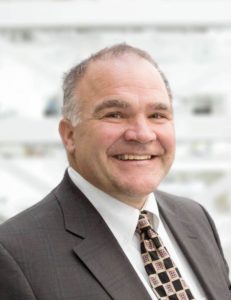
Alan Olsen, is the Host of the American Dreams Show and the Managing Partner of GROCO.com. GROCO is a premier family office and tax advisory firm located in the San Francisco Bay area serving clients all over the world.
Alan L. Olsen, CPA, Wikipedia Bio

GROCO.com is a proud sponsor of The American Dreams Show.

The American Dreams show was the brainchild of Alan Olsen, CPA, MBA. It was originally created to fill a specific need; often inexperienced entrepreneurs lacked basic information about raising capital and how to successfully start a business.
Alan sincerely wanted to respond to the many requests from aspiring entrepreneurs asking for the information and introductions they needed. But he had to find a way to help in which his venture capital clients and friends would not mind.
The American Dreams show became the solution, first as a radio show and now with YouTube videos as well. Always respectful of interview guest’s time, he’s able to give access to individuals information and inspiration previously inaccessible to the first-time entrepreneurs who need it most.
They can listen to venture capitalists and successful business people explain first-hand, how they got to where they are, how to start a company, how to overcome challenges, how they see the future evolving, opportunities, work-life balance and so much more..
American Dreams discusses many topics from some of the world’s most successful individuals about their secrets to life’s success. Topics from guest have included:
Creating purpose in life / Building a foundation for their life / Solving problems / Finding fulfillment through philanthropy and service / Becoming self-reliant / Enhancing effective leadership / Balancing family and work…

MyPaths.com (Also sponsored by GROCO) provides free access to content and world-class entrepreneurs, influencers and thought leaders’ personal success stories. To help you find your path in life to true, sustainable success & happiness. It’s mission statement:
In an increasingly complex and difficult world, we hope to help you find your personal path in life and build a strong foundation by learning how others found success and happiness. True and sustainable success and happiness are different for each one of us but possible, often despite significant challenges.
Our mission at MyPaths.com is to provide resources and firsthand accounts of how others found their paths in life, so you can do the same.
Faith, Freight & “Slaying the Tomb”
How the Moscrips Drove From Freight Tech to Faith-Fueled Media When Scott Moscrip launched Truckstop.com from a spare bedroom in 1995, he didn’t just build a freight-matching marketplace—he rewired a blue-collar industry for the Internet age. Thirty years, five kids, and one mayoral term later, the Idaho technologist and his wife, Carmen, are chasing an…
From the Streets to Self-Reliance
How Joseph Grenny’s Other Side Village Is Rewriting the Homelessness Playbook A 2 a.m. Alarm and a Box of World-Class Doughnuts At two o’clock each morning in downtown Salt Lake City, former rough-sleepers slip into spotless aprons, fire up industrial mixers, and begin turning out pillowy brioche rings glazed with passion-fruit icing and drizzled…
Building a Legacy: A Fireside Chat with Martin Luther King III
In a thought-provoking fireside chat at our Legacy Builder’s Conference, Martin Luther King III shared profound insights on the concept of legacy, leadership, and the moral imperatives facing society today. Speaking with Alan Olsen, he reflected on his father’s enduring impact and his own efforts to carry forward that mission in today’s world. Defining His…
Turning Ordinary Lives into Living Legacies
“There was a measurable connection between how well they knew their family stories and how successful they were.” — Kasia Flanagan, founder of Everyday Legacies When historian‑turned‑biographer Kasia Flanagan examined the lives of mixed‑race German‑Samoan descendants for her PhD, she expected to chart migration patterns and cultural shifts. What she didn’t expect was the data point that changed her career:…
